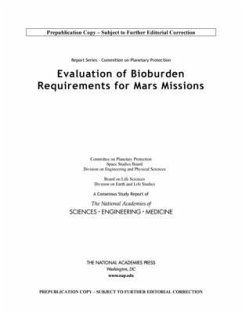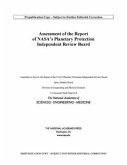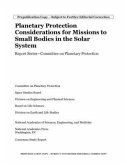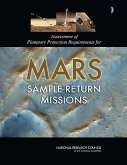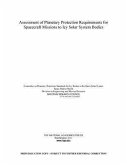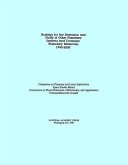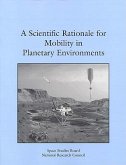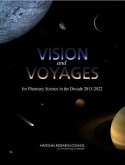Since the 1980s, national and international planetary protection policies have sought to avoid contamination by terrestrial organisms that could compromise future investigations regarding the origin or presence of Martian life. Over the last decade, the number of national space agencies planning, participating in, and undertaking missions to Mars has increased, and private-sector enterprises are engaged in activities designed to enable commercial missions to Mars. The nature of missions to Mars is also evolving to feature more diversity in purposes and technologies. As missions to Mars increase and diversify, national and international processes for developing planetary protection measures recognize the need to consider the interests of scientific discovery, commercial activity, and human exploration. The implications of these changes for planetary protection should be considered in the context of how much science has learned about Mars, and about terrestrial life, in recent years. At the request of NASA, this report identifies criteria for determining locations on Mars potentially suitable for landed robotic missions that satisfy less stringent bioburden requirements, which are intended to manage the risk of forward contamination.
Hinweis: Dieser Artikel kann nur an eine deutsche Lieferadresse ausgeliefert werden.
Hinweis: Dieser Artikel kann nur an eine deutsche Lieferadresse ausgeliefert werden.

